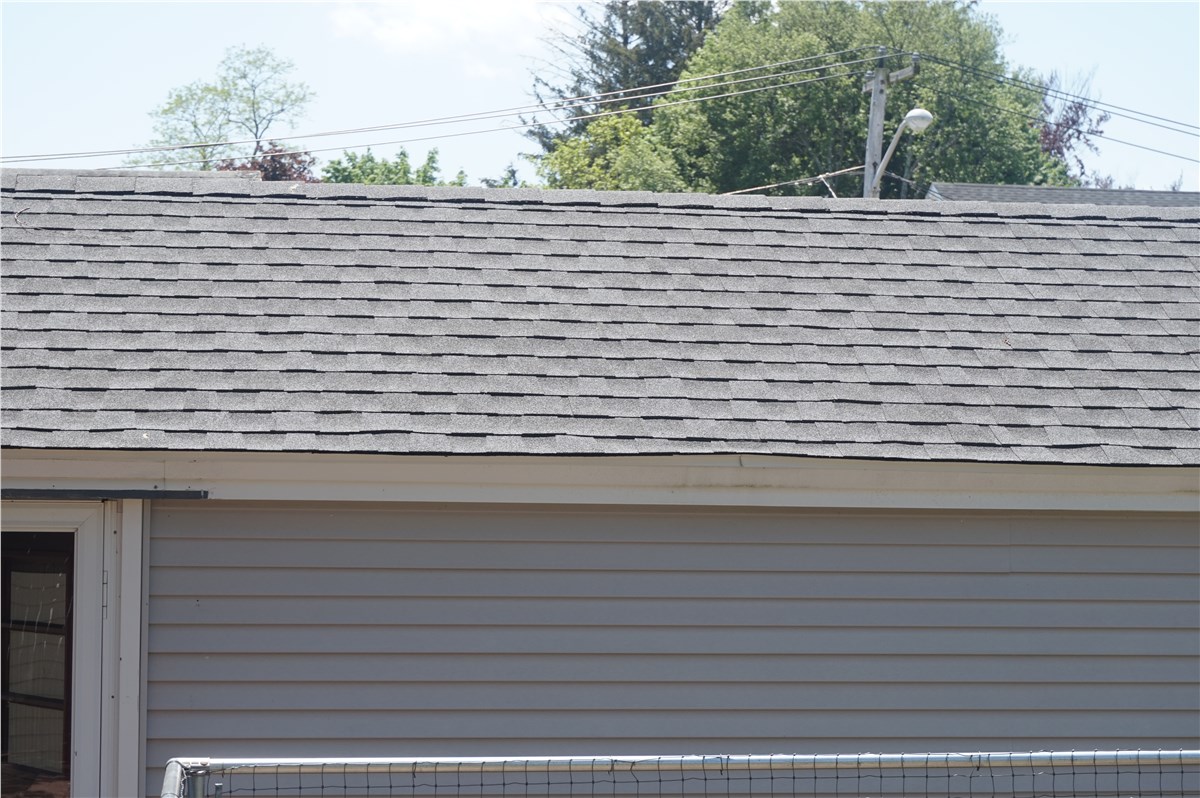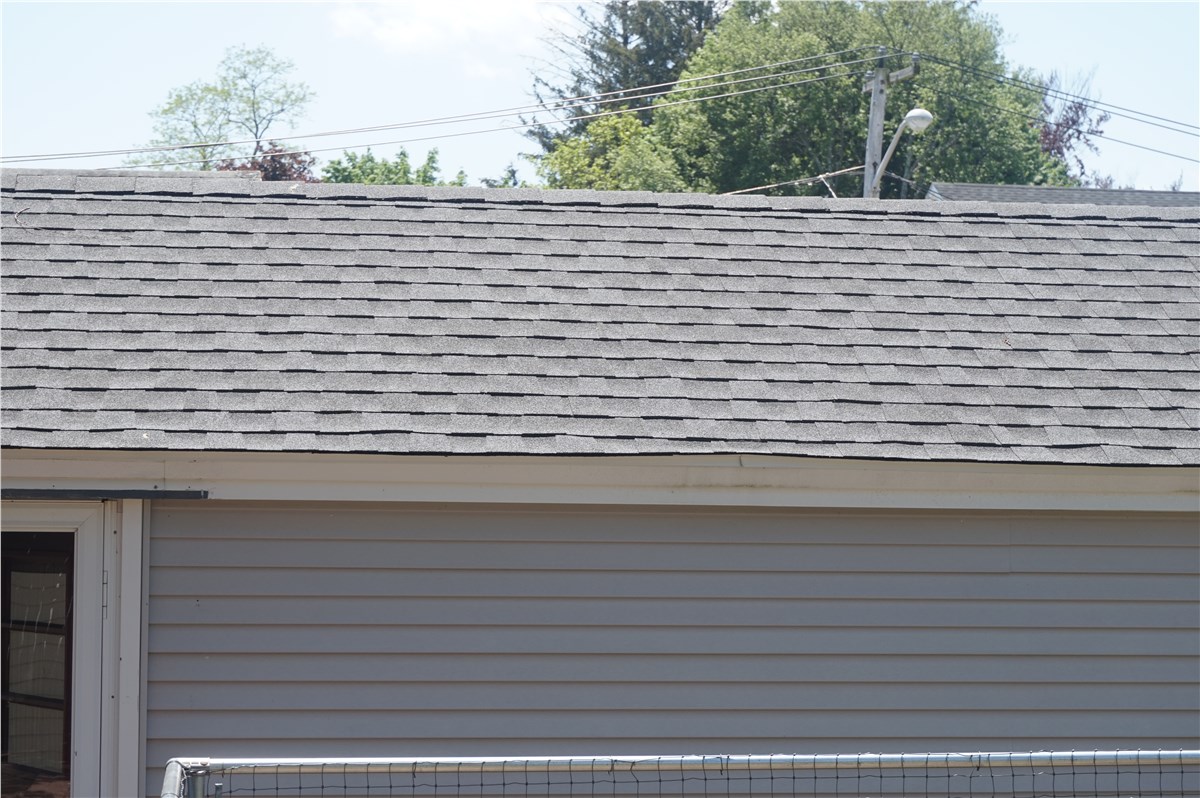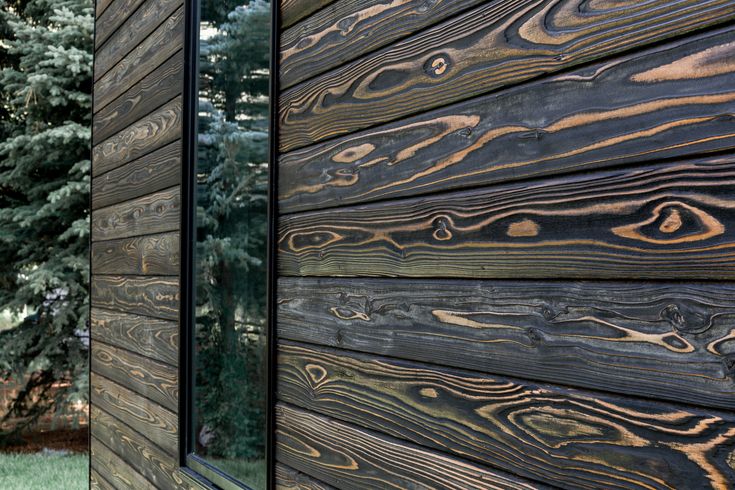Exploring the World of Ideal Siding
Delving into the realm of ideal siding, this introductory piece aims to capture the attention of readers with its informative and engaging content.
Detailing the various types, factors to consider, installation methods, and design trends in ideal siding, this article provides a comprehensive look at this essential aspect of property exteriors.
Types of Ideal Siding
When it comes to choosing the ideal siding for your home, there are several types of siding materials to consider. Each type has its own pros and cons, durability, and maintenance requirements. Let's take a closer look at some popular siding materials and their unique features.
Vinyl Siding
- Pros: Affordable, low maintenance, variety of colors and styles
- Cons: Can crack or fade over time, not as durable as other materials
Fiber Cement Siding
- Pros: Durable, fire-resistant, low maintenance
- Cons: More expensive than vinyl, heavier to install
Wood Siding
- Pros: Natural look, customizable, environmentally friendly
- Cons: Prone to rot and pests, higher maintenance required
Brick Siding
- Pros: Extremely durable, fire-resistant, low maintenance
- Cons: Expensive upfront cost, difficult to install
Factors to Consider When Choosing Ideal Siding
When selecting siding for your property, several important factors should be taken into consideration to ensure you make the best choice that suits your needs and preferences.Climate Conditions:The climate of your region plays a crucial role in determining the most suitable siding material for your home.
Different types of siding have varying levels of durability and resistance to elements such as rain, snow, wind, and extreme temperatures. It is essential to choose a siding material that can withstand the specific climate conditions of your area to ensure longevity and minimal maintenance requirements.Impact on Energy Efficiency and Insulation:Siding can significantly impact the energy efficiency of your property by providing insulation and reducing heat loss or gain.
Opting for high-quality siding materials with good insulation properties can help lower energy costs by maintaining a comfortable indoor temperature throughout the year. Properly insulated siding can also contribute to reducing your carbon footprint and enhancing the sustainability of your home.Key Factors Influencing Siding Choices:Cost, aesthetics, and longevity are key factors that influence the choice of siding for a property.
While cost is an important consideration for many homeowners, it is essential to weigh the initial investment against the long-term benefits and maintenance requirements of different siding options. Aesthetics also play a significant role in enhancing the overall look of your property and reflecting your personal style.
Additionally, selecting a durable siding material that can withstand the test of time will save you money in the long run and ensure the longevity of your property's exterior.Enhancing Curb Appeal and Property Value:Siding plays a crucial role in enhancing the curb appeal of your home and increasing its overall property value.
Choosing a visually appealing siding material that complements the architectural style of your property can create a lasting impression on visitors and potential buyers. Investing in high-quality siding that is well-maintained can also boost the resale value of your home and make it more attractive to prospective buyers in the future.
Installation and Maintenance of Ideal Siding
Installing and maintaining ideal siding is crucial to ensure the longevity and aesthetic appeal of your home's exterior. Proper installation and regular maintenance can help prevent issues and preserve the quality of your siding over time.
Installation Process
- Prepare the surface: Clean and inspect the exterior of your home to ensure it is free of debris, rot, or mold.
- Choose the right type of siding: Select the ideal siding material based on your climate, budget, and aesthetic preferences.
- Measure and cut: Accurately measure and cut the siding panels to fit the dimensions of your home.
- Install the siding: Begin at the bottom and work your way up, ensuring each panel is properly aligned and secured.
- Finish with trim: Add trim pieces to complete the look and provide a clean finish.
Maintenance Tips
- Regularly inspect for damage: Check for cracks, warping, or signs of moisture damage that may indicate the need for repairs.
- Clean the siding: Use a mild detergent and water to wash the siding and remove dirt, mold, or mildew buildup.
- Repaint or seal: Touch up any chipped or faded paint, or reseal the siding if needed to protect against the elements.
- Trim vegetation: Keep bushes, trees, and vines trimmed back from the siding to prevent damage and allow for proper ventilation.
Common Issues and Solutions
- Moisture damage: Address any leaks or drainage issues promptly to prevent water damage to the siding.
- Pest infestations: Seal any gaps or cracks in the siding to deter pests from nesting or feeding on the material.
- Fading or discoloration: Consider repainting or applying a UV-resistant coating to protect the siding from sun damage.
Importance of Regular Maintenance
Regular inspections and cleaning are essential to prolong the lifespan of your siding and prevent costly repairs or replacement. By maintaining your siding, you can protect your home's exterior and enhance its curb appeal for years to come.
Design Trends and Innovations in Ideal Siding
When it comes to siding, design trends and innovations play a crucial role in enhancing the aesthetics and functionality of a property. Let's explore some of the latest trends and technological advancements in ideal siding.
Color Palettes and Textures
In recent years, there has been a shift towards more modern and vibrant color palettes in siding options. Homeowners are opting for bold colors like deep blues, rich greens, and even black to make a statement. Additionally, textured siding materials that mimic natural wood or stone have gained popularity for adding depth and character to a home's exterior.
Innovative Siding Technologies
Advancements in siding technologies have led to the development of materials that offer improved durability, energy efficiency, and ease of maintenance. For example, insulated siding systems help regulate indoor temperature and reduce energy costs, while self-cleaning coatings reduce the need for frequent cleaning and maintenance.
Eco-Friendly Siding Options
With a growing focus on sustainability, eco-friendly siding options have become increasingly popular among homeowners. Materials like fiber cement, reclaimed wood, and recycled vinyl siding not only reduce environmental impact but also offer long-lasting durability and resistance to pests and rot.
Complementing Architectural Styles
Modern siding designs are versatile enough to complement a wide range of architectural styles, from traditional to contemporary. Whether it's sleek vertical panels for a minimalist look or rustic cedar shakes for a farmhouse feel, there are endless possibilities to enhance the curb appeal of any home.
Final Wrap-Up
In conclusion, ideal siding plays a crucial role in not just protecting a property but also enhancing its aesthetic appeal and value. By understanding the different aspects of siding, homeowners can make informed decisions to create a durable and visually appealing exterior.
Essential FAQs
What are some eco-friendly siding options?
Some eco-friendly siding options include fiber cement, engineered wood, and reclaimed wood siding, which offer sustainable choices for environmentally conscious homeowners.
How can I maintain the quality of my siding over time?
To maintain siding quality, regularly clean it, inspect for damage or wear, repaint or refinish as needed, and address any issues promptly to prevent further damage.
Is siding installation a DIY project?
While some homeowners may choose to install siding themselves, it is recommended to hire professionals for proper installation to ensure durability and longevity of the siding.
What role does siding play in energy efficiency?
Siding can contribute to energy efficiency by providing insulation and reducing heat loss, helping to regulate indoor temperatures and potentially lowering energy costs.


